Minority Soldiers Fighting in World War II
MATT LANG
Published in 2018 by Cavendish Square Publishing, LLC
243 5th Avenue, Suite 136, New York, NY 10016
Copyright 2018 by Cavendish Square Publishing, LLC
First Edition
No part of this publication may be reproduced, stored in a retrieval system, or transmitted in any form or by any meanselectronic, mechanical, photocopying, recording, or otherwisewithout the prior permission of the copyright owner. Request for permission should be addressed to Permissions, Cavendish Square Publishing, 243 5th Avenue, Suite 136, New York, NY 10016. Tel (877) 980-4450; fax (877) 980-4454.
Website: cavendishsq.com
This publication represents the opinions and views of the author based on his or her personal experience, knowledge, and research. The information in this book serves as a general guide only. The author and publisher have used their best efforts in preparing this book and disclaim liability rising directly or indirectly from the use and application of this book.
CPSIA Compliance Information: Batch #CS17CSQ
All websites were available and accurate when this book was sent to press.
Library of Congress Cataloging-in-Publication Data
Names: Lang, Matt.
Title: Minority soldiers fighting in World War II / Matt Lang.
Description: New York : Cavendish Square, 2018. | Series: Fighting for their country: minorities at war | Includes index.
Identifiers: ISBN 9781502626646 (library bound) | ISBN 9781502626585 (ebook)
Subjects: LCSH: World War, 1939-1945--Participation, African American--Juvenile literature. | World War, 1939-1945--African Americans--Juvenile literature. | United States. Army Air Forces. Fighter Squadron, 99th--History--Juvenile literature.
Classification: LCC D810.N4 L36 2018 | DDC 940.5403--dc23
Editorial Director: David McNamara
Editor: Caitlyn Miller
Copy Editor: Alex Tessman
Associate Art Director: Amy Greenan
Designer: Stephanie Flecha
Production Coordinator: Karol Szymczuk
Photo Research: J8 Media
The photographs in this book are used by permission and through the courtesy of:
Cover Bettmann/Getty Images; The U.S. National Archives/File: We Can Do It! (3678696585).jpg/Wikimedia Commons.
Printed in the United States of America
The attack on Pearl Harbor
 INTRODUCTION
INTRODUCTION
Total War
I n the early morning of December 7, 1941, Japanese bombers attacked the United States Naval Fleet stationed in Pearl Harbor, Hawaii. More than three hundred Japanese fighter planes sank four United States battle ships and damaged four others. The Japanese also damaged or sank cruisers, destroyers, and anti-aircraft ships, and destroyed 188 aircraft. Ultimately, the attack killed 2,403 Americans and injured 1,178 others. These figures contrast sharply with the Japanese casualties: they lost only twenty-nine airplanes and sixty-four people. The next day, December 8, the United States declared war on Japan and thus entered World War II.
Until the attack on Pearl Harbor, most people in the United States did not support joining the war, which began in 1939 when Nazi Germany invaded Poland. After the invasion, France and the United Kingdom declared war on Germany. From 1939 to 1941, Germany took control of much of Europe and formed an alliance with Italy and Japan. This alliance was known as the Axis , and together they took control of not only most of Europe, but also pushed into the former Soviet Union and North Africa. Japanese forces, which had invaded China in 1937, moved farther into mainland Asia and farther into the Pacific.
After Pearl Harbor, public opinion shifted, and most of America supported the war effort. The United States joined with the United Kingdom, the Soviet Union, the Free French, and China to form the Allies . Other Allies included the Netherlands, Australia, Belgium, Greece, Mexico, and Poland. In all, more than 100 million people from more than thirty countries took part in the war. By the time the war ended in 1945, between 60 to 80 million people were killed, two-thirds of them civilians. The total number of dead equaled 3 percent of the worlds population in 1940. No war before or since has been so deadly.
The major combatants, like the United States, the United Kingdom, and Germany, were in a state of total war. Almost all the resources of each nation were put into the war efforteven industries like agriculture and entertainment became part of the conflict. Though there were no battles fought on land in the United States, every citizen was asked contribute. Hollywood studios encouraged movie stars to enlist , professional athletes left their teams to fly planes, families were encouraged to plant victory gardens and buy war bonds, and every manufacturing facility was used to produce equipment for the war. There were no new cars, appliances, furniture, or houses built during the war. Food and gasoline were rationed , and wages and prices were strictly controlled. Taxes were raised to an all-time high, and people saved record percentages of their income. Women entered the workforce in numbers never seen before, as did teenagersboth groups were sorely needed to replace the men who went off to fight. Farmers were mostly exempt from the draft, though many left their farms to volunteer for the war or to work in factories in cities.
In 1940, the total population of the United States was 131,669,275. Around 116,261,189 people were white, or almost 89 percent of the population. African Americans made up just under 10 percent of the total population, at 12,865,518 people, Hispanics comprised 1.5 percent of the of those living in America, with 2,021,820 people. Native Americans made up 0.3 percent of the population (333,969 people), and 0.2 percent of the population identified as Asian or Pacific Islanders (254,918 people).
Despite accounting for such a small percentage of the population, each of these groups made a significant contribution to the war effort. Minority soldiers and civilians often fought for rights that they themselves did not enjoy. For example, the Tuskegee Airmen were the nations first African American fighter pilots, but before they could fight against the Axis, they had to fight against the discrimination that kept them out of the military. Overall, 125,000 African Americans enlisted in the military, which was still segregated at the time.
Between 250,000 and 500,000 Hispanics served in World War II. Their service was done in spite of the fact that Mexican Americans and other Hispanics were discriminated against and distrusted at home. In 1943, when so many Hispanics were fighting and dying overseas, Mexican American youths in Los Angeles were attacked by white Americans, including servicemen. The Zoot Suit Riots, as the attacks were known, sparked a wave of similar attacks in cities across the United States.
In 1939, the median income for Native American males was $500, compared to $2,300 for the average male nationwide. There was little opportunity for employment and education on reservations . Regardless of their marginal statusor perhaps because of itNative Americans joined the military in large numbers relative to their population. Approximately 25,000 men enlisted, one-third of the population of able-bodied men age 1850. On top of that, several hundred Native American women worked as nurses.

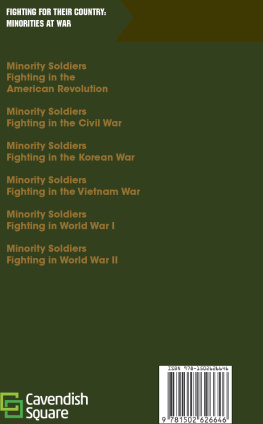
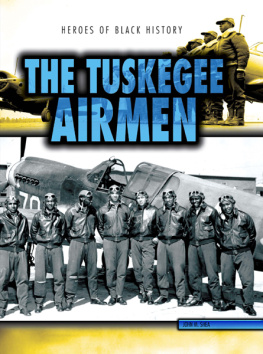

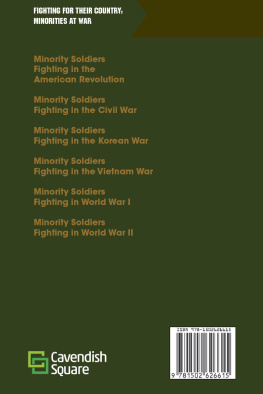
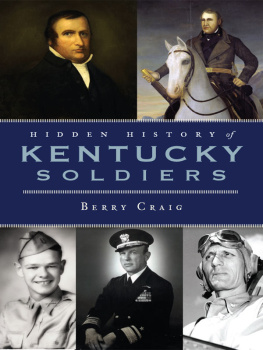
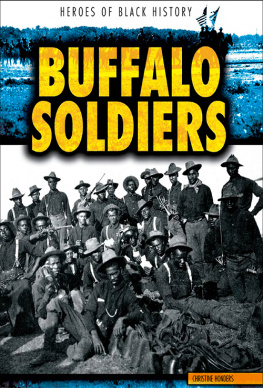
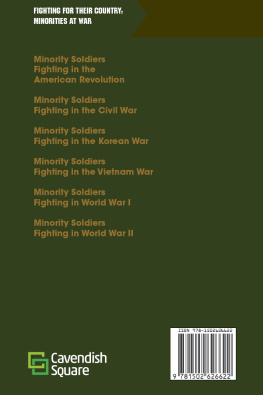
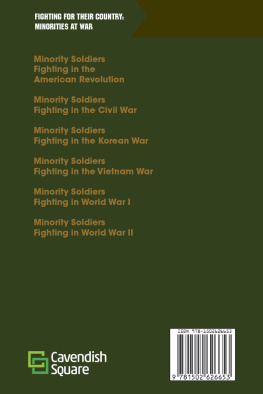
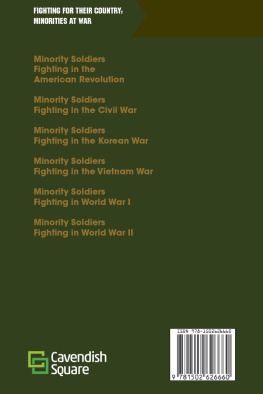
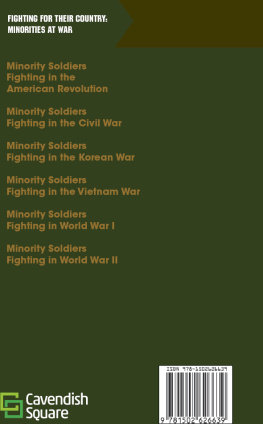

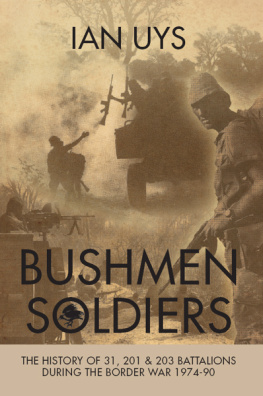



 INTRODUCTION
INTRODUCTION